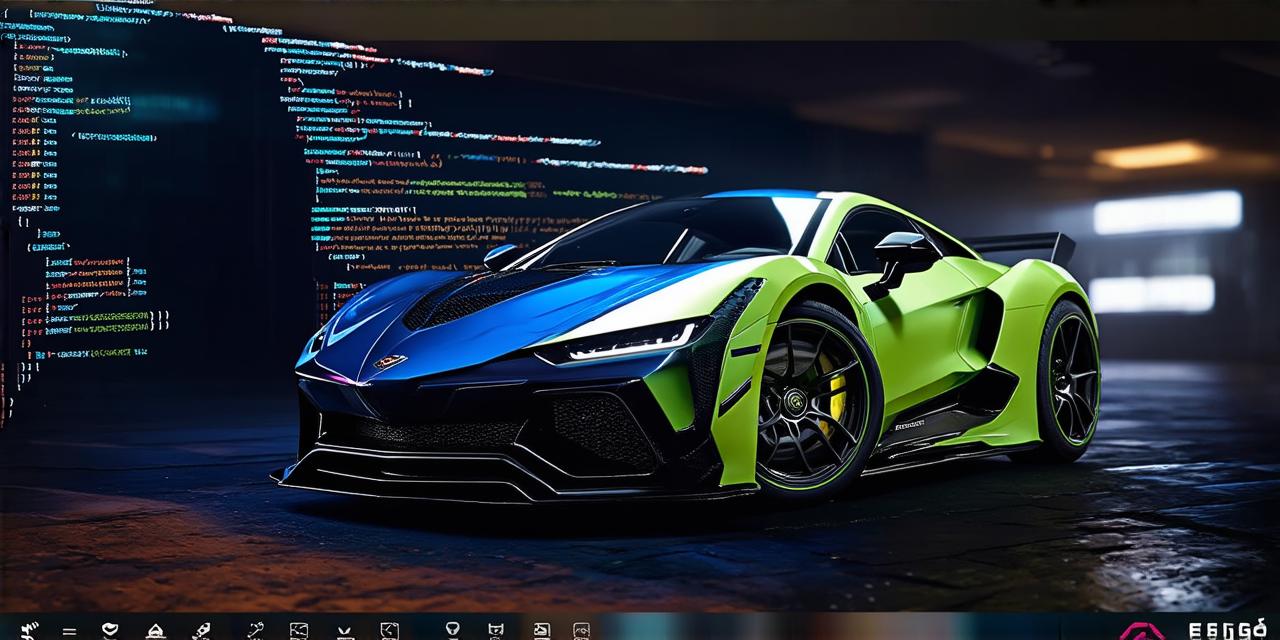Introduction
Unreal Engine is a popular game engine that offers a wide range of tools and features for creating immersive and interactive games. It is used by professionals and beginners alike, making it an ideal choice for anyone looking to start developing games. In this article, we will provide a comprehensive guide on how to get started with Unreal Engine 5, covering everything from setting up your development environment to creating your first game.
Setting Up Your Development Environment
Before you can start creating games with Unreal Engine 5, you need to have the right tools and software installed. Here are the steps you should follow:
- Install Epic Games Launcher: The Epic Games Launcher is a free application that allows you to download and manage your Unreal Engine projects. You can download it from the official Epic Games website.
- Download and install Unreal Engine 5: Once you have the Epic Games Launcher installed, you can download and install Unreal Engine 5. To do this, open the launcher and go to the "Install" tab. Select "Unreal Engine" and choose the version you want to install. Follow the on-screen instructions to complete the installation process.
- Create a new project: After installing Unreal Engine 5, you can create a new project by going to the "File" menu in the engine editor and selecting "New Project." Choose the template you want to use (e.g., 2D, 3D, AR/VR) and give your project a name.
- Set up your development environment: Unreal Engine 5 supports a wide range of hardware configurations, so you can choose the one that works best for your needs. You will also need to set up your graphics card drivers and other software components to ensure that everything is working correctly.
Creating Your First Game
Now that you have set up your development environment, it’s time to start creating your first game. Here are some steps you can follow:
- Choose a game type: Unreal Engine 5 supports a wide range of game types, including first-person shooters, action-adventure games, and puzzle games. You can choose the one that interests you the most and start experimenting with different ideas.
- Create your game assets: The next step is to create your game assets, such as characters, environments, and objects. Unreal Engine 5 comes with a powerful asset creation toolkit that allows you to create high-quality 3D models, textures, and animations.
- Set up your game logic: Game logic is the code that controls how your game works. You will need to write this code using the Unreal Engine scripting language, which is based on C++. Don’t worry if you don’t have any programming experience – Unreal Engine comes with a lot of built-in tools and features that make it easy to get started.
- Add sounds and music: Sounds and music are an important part of any game, and Unreal Engine 5 makes it easy to add them to your project. You can use the built-in audio tools to create and import sound effects and music tracks.
- Test and refine your game: Finally, you will need to test your game and make any necessary changes. Unreal Engine 5 comes with a powerful debugging tool that allows you to identify and fix any issues in your code. You can also use the built-in testing tools to simulate different scenarios and ensure that your game is working as expected.
Advanced Features
Unreal Engine 5 is packed with advanced features that can help you take your game development to the next level. Here are some of them:
- Blueprints: Blueprints are visual programming tools that allow you to create complex
